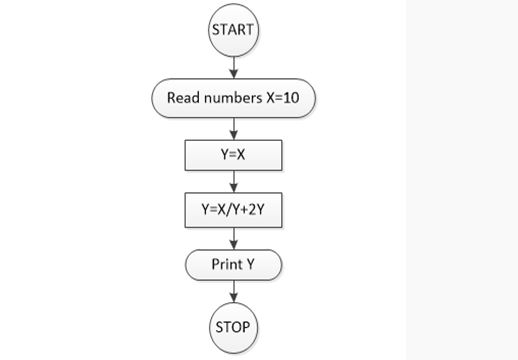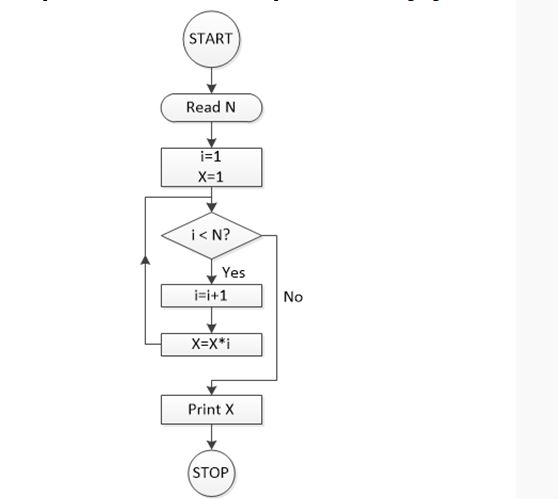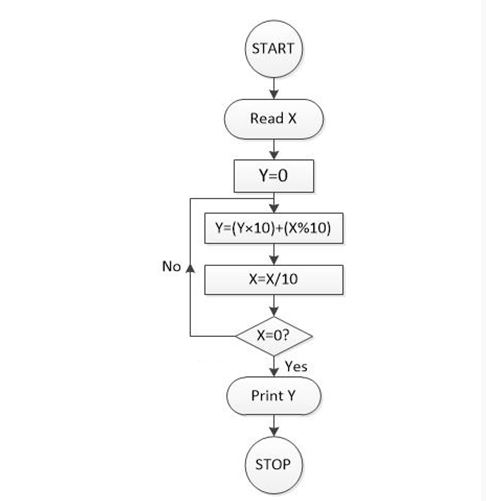This set of MCQ(multiple choice questions) focuses on the Problem Solving Through Programming In C NPTEL Week 1 Solutions.

Course layout
Answers COMING SOON! Kindly Wait!
Week 0 : Assignment
Week 1 : Introduction to Problem Solving through programs
Week 2 : Arithmetic expressions, Relational Operations, Logical expressions; Introduction to Conditional Branching
Week 3 : Conditional Branching and Iterative Loops
Programming Assignment
Week 4 : Arranging things : Arrays
Programming Assignment
Week 5 : 2-D arrays, Character Arrays and Strings
Programming Assignment
Week 6 : Basic Algorithms including Numerical Algorithms
Week 7 : Functions and Parameter Passing by Value
Week 8 : Passing Arrays to Functions, Call by Reference
Programming Assignment
Week 9 : Recursion
Week 10 : Structures and Pointers
Week 11 : Self-Referential Structures and Introduction to Lists
Week 12 : Advanced Topics
NOTE: You can check your answer immediately by clicking show answer button. Problem Solving Through Programming In C NPTEL Week 1 assignment answers” contains 10 questions.
Now, start attempting the quiz.
Problem Solving Through Programming In C NPTEL Week 1 assignment answers
Q1. Set of instructions to be provided to an electronic machine to perform a task is called
a) Programming
b) Processing
c) Computing
d) Compiling
Answer: a) Programming
Q2. A 2D diagram to represent the steps to be followed to solve a problem is known as
a) Flow-chart
b) Pseudo-code
c) Both (a) and (b)
d) None of these
Answer: a) Flow-chart
Q3. X ia an integer (X=1234). The print valud of Y of the algorithm below is
a) 10
b) 11223344
c) 4321
d) 0
Answer: c) 4321
Q4. The section of the CPU that selects, interprets and sees to the execution of program instructions
a) Memory
b) Register Unit
c) Control Unit
d) ALU
Answer: c) Control Unit
Q5. The input N from the user is 6. The output of the following algorithm is
a) 120
b) 720
c) 1
d) 5040
Answer: d) 5040
Q6. Which one is comparatively faster in terms of execution?
a) Interpreter
b) Compiler
c) Both are same
d) Depends on the programming language
Answer: b) Compiler
Q7. What will be the output of the flowchart given below?
a) 20
b) 21
c) 10
d) 0.33
Answer: b) 21
Q8. The ALU unit of computer
a) can perform logical operation only
b) can perform arithmetic operation only
c) can perform both arithmetic and logical operations
d) None of the above are true
Answer: c) can perform both arithmetic and logical operations
Q9. What type of device is computer touchpad?
a) Memory
b) Output
c) Storage
d) Input
Answer: d) Input
Q10. Compiler helps in the translation from
a) Integer to binary
b) High-level program to binary digits
c) High-level language to machine level language
d) Pseudo code to computer program
Answer: c) High-level language to machine level language
Previous Year – Problem Solving Through Programming In C NPTEL Week 1 assignment answers
Q1. The input given from keyboard is converted to computer understandable unit (bit) by the standard
a) ISO
b) ANSI
c) ASCII
d) EBCDIC
Answer: c) ASCII
Q2. The execution nature of C program is
a) Event-based
b) Concurrent
c) Multi-threaded
d) Sequential
Answer: d) Sequential
Q3. Choose the correct statements from the following
i) In high-level language, testing and debugging a program is difficult than assembly language.
ii) C programs are highly portable on any type of operating system platform.
iii) A flowchart is a visual representation of the sequence of steps for solving a problem.
iv) The role of a compiler is to translate source program statements to decimal codes.
a) (i) and (ii)
b) (ii) and (iii)
c) (i), (ii) and (iii)
d) (ii, (iii) and (iv)
Answer: b) (ii) and (iii)
Q4. When we write X=Y in C, which of the following statements is valid?
a) X and Y both have same values but different locations.
b) X and Y both have same location and same values.
c) X and Y have different values and same location.
d) X and Y have different values and different locations.
Answer: a) X and Y both have same values but different locations.
Q5. What will be the output of the flowchart given below?
a) 4
b) 8
c) 16
d) 20
Answer: c) 16
Q6. The output of the following algorithm is
a) 21
b) 28
c) 30
d) 40
Answer: b) 28
Q7. The print values of ‘a’ and ‘b’ of the flowchart below are
a) a=4, b=6
b) a=6, b=4
c) a=10, b=2
d) a=2, b=10
Answer: b) a=6, b=4
Q8. The program which translates high level program into its equivalent machine language program is called
a) translator
b) a language processor
c) a convertor
d) None of the above
Answer: a) translator
Q9. An interpreter reads the source code of a program
a) one line at a time
b) two line at a time
c) complete program in one stroke
d) None of these
Answer: a) one line at a time
Q10. The C language has been developed at
a) IBM, USA
b) Borland International, USA
c) Sun Microsystems
d) AT & T Bell Labs, USA
Answer: d) AT & T Bell Labs, USA
Previous Course – Week 1 assignment answers
Q1. The section of CPU that is responsible for performing mathematical operations is known as
a) Memory
b) Register unit
c) ALU-Arithmetic and Logic Unit
d) Control unit
Answer: c) ALU-Arithmetic and Logic Unit
Q2. What type of device is a computer mouse?
a) Memory
b) Output
c) Storage
d) Input
Answer: d) Input
Q3. Algorithm is-
a) A process or set of rules to be followed in calculations or other problem-solving operations, especially by a human.
b) A process or set of rules to be followed to solve numerical problems only.
c) A process or set of rules to be followed in calculations or other problem-solving operations, especially by a computer.
d) A process or set of rules to be followed in to solve logical problems only.
Answer: c)
Q4. The smallest unit of memory is
a) Byte
b) Bit
c) Nibble
d) Baud
Answer: b) Bit
Q5. What will be the output of the flowchart given below?

a) 20
b) 21
c) 10
d) 0.33
Answer: b) 21
Q6. The input N from the user is 7. The output of the following algorithm is

a) 5040
b) 720
c) 28
d) 21
Answer: a) 5040
Q7. X is an integer (X=1248). The print value of Y of the flowchart below is

a) 1248
b) 88442211
c) 8421
d) 0
Answer: c) 8421
Q8. The section of the CPU that selects, interprets and sees to the execution of program instructions
a) Memory
b) Register Unit
c) Control Unit
d) ALU
Answer: c) Control Unit
Q9. The ________ scans the entire C program and translates it as a whole into machine code.
a) Interpreter
b) Compiler
c) Program counter
d) Operating system
Answer: b) Compiler
Q10. The list of coded instructions is called
a) Computer Program
b) Algorithm
c) Flow chart
d) Utility instructions
Answer: a) Computer Program
<< Prev – An Introduction to Programming Through C++ Week 0 Assignment Solutions
>> Next- An Introduction to Programming Through C++ Week 2 Assignment Solutions
Programming in Java NPTEL week 1 quiz answers
NPTEL – Python for Data Science assignment solutions
Nptel – Deep Learning assignment solutions
The above question set contains all the correct answers. But in any case, you find any typographical, grammatical or any other error in our site then kindly inform us. Don’t forget to provide the appropriate URL along with error description. So that we can easily correct it.
Thanks in advance.
For discussion about any question, join the below comment section. And get the solution of your query. Also, try to share your thoughts about the topics covered in this particular quiz.


answer of 6th question is 720
bcz n<7 not <= 7
Answer is 5040.
Try it again step by step.
When i becomes 6: the condition will become 6<7
So, the condition is true that means i become i+1 (i.e., i = 7)
Now, X = x*i (i.e., X = 720*7=5040)
Again we have to check condition which is 7<7 (False) So, we came out of the loop and print(x) which is 5040.
Hope you got it. Try it once 🙂